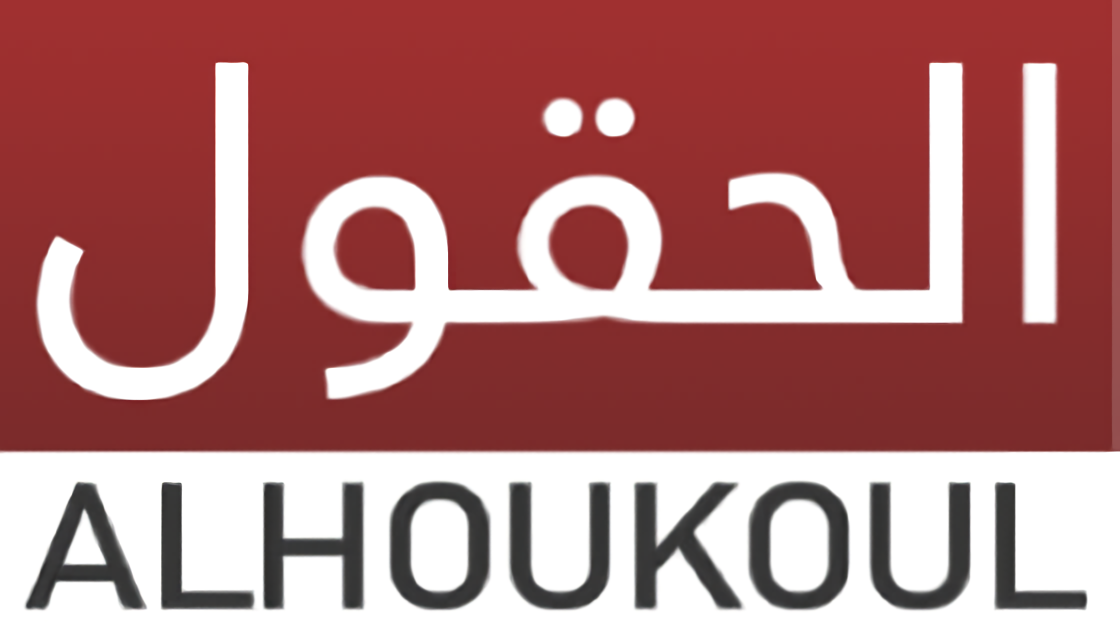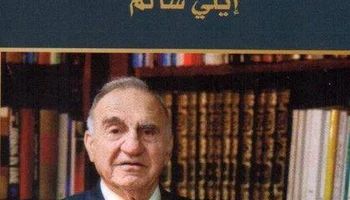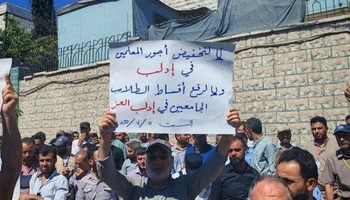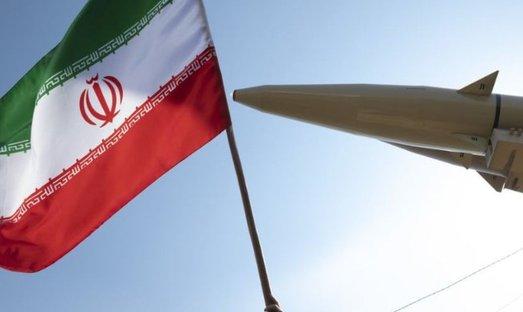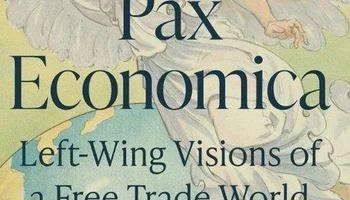إسرائيل فى الصومال وباب المندب
2025-12-28
كتب الأستاذ عماد الدين حسين / القاهرة : إذا نجحت إسرائيل فى إقامة علاقات فعلية مع إقليم «أرض الصومال» المنشق، وإذا حصلت على قواعد عسكرية هناك، وإذا...
ما بعد "الأمم المتحدة"؟!
2025-12-27
كتب محرر الحقول / الوطن العربي : خضعت "هيئة الأمم المتحدة" ومنظماتها ولجانها لموازين القوى الدولية منذ نشأتها عام 1945.
"تآكل الردع الإيراني"؟!
2025-12-27
كتب الأستاذ علي نصّار / خاص الحقول ـ بيروت : أبرزت "حرب الـ 12 يوم" التي شنها المحور الأميركي ـ "الإسرائيلي"، فعالية القوة الدولتية الشاملة...
كيف نحمي لبنان من مخاطر التطبيع مع "إسرائيل"؟
2025-11-25
كتبت الدكتورة عبادة كسر/ الحقول ـ بيروت : بعد "اتفاق" وقف إطلاق النار في 27 تشرين الثاني 2024، نشهد ضغوطاً أميركية كبيرة لإخضاع لبنان للخيارات...
إريك برينس، أشهر مرتزقة أمريكا، يستغل الفوضى الدولية
2025-11-25
ترجمة وتحرير الحقول / خاص ـ بيروت : قبل خمسة عشر عاماً، بدا مستقبل إريك برنس غامضًا.
‹
›
الشؤون العربية

الضبعة.. ننتظر الضوء
2025-11-24
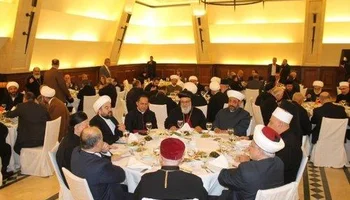
جدوى الحوار الإسلامي ـ الكاثوليكي...
2025-11-11
الشؤون الدولية
العرب والعالم

المقاومة في مواجهة حقبة الحسم
2025-11-24
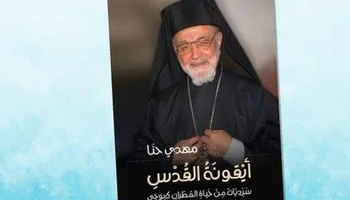
إيلاريون كبوجي..إيلاريون غزة
2025-11-11
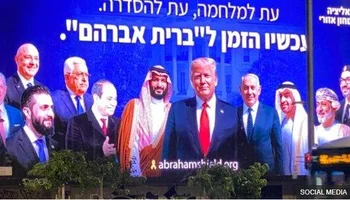
حُجَّة النبيِّ إبراهيم على اتفاقات أبراهام!!
2025-11-10
